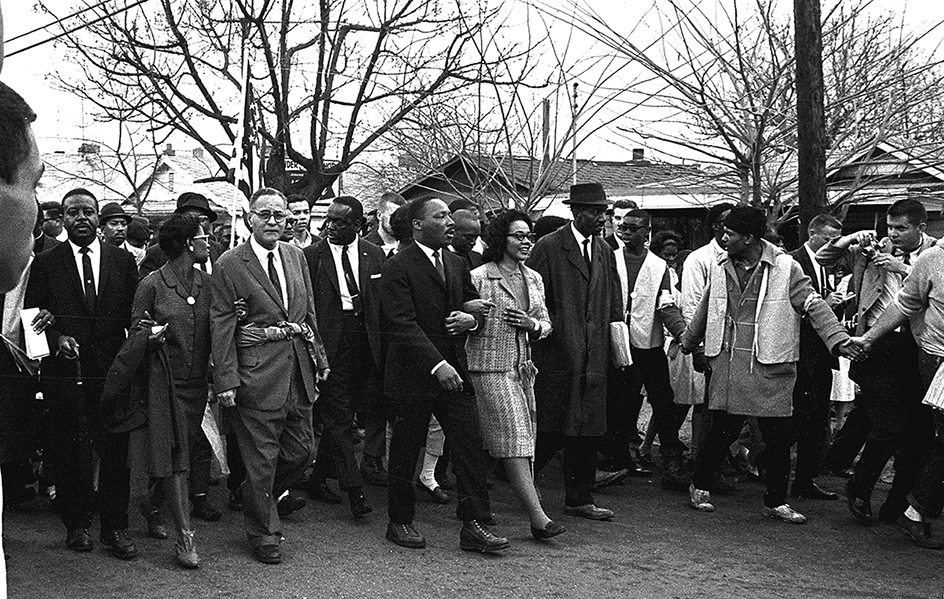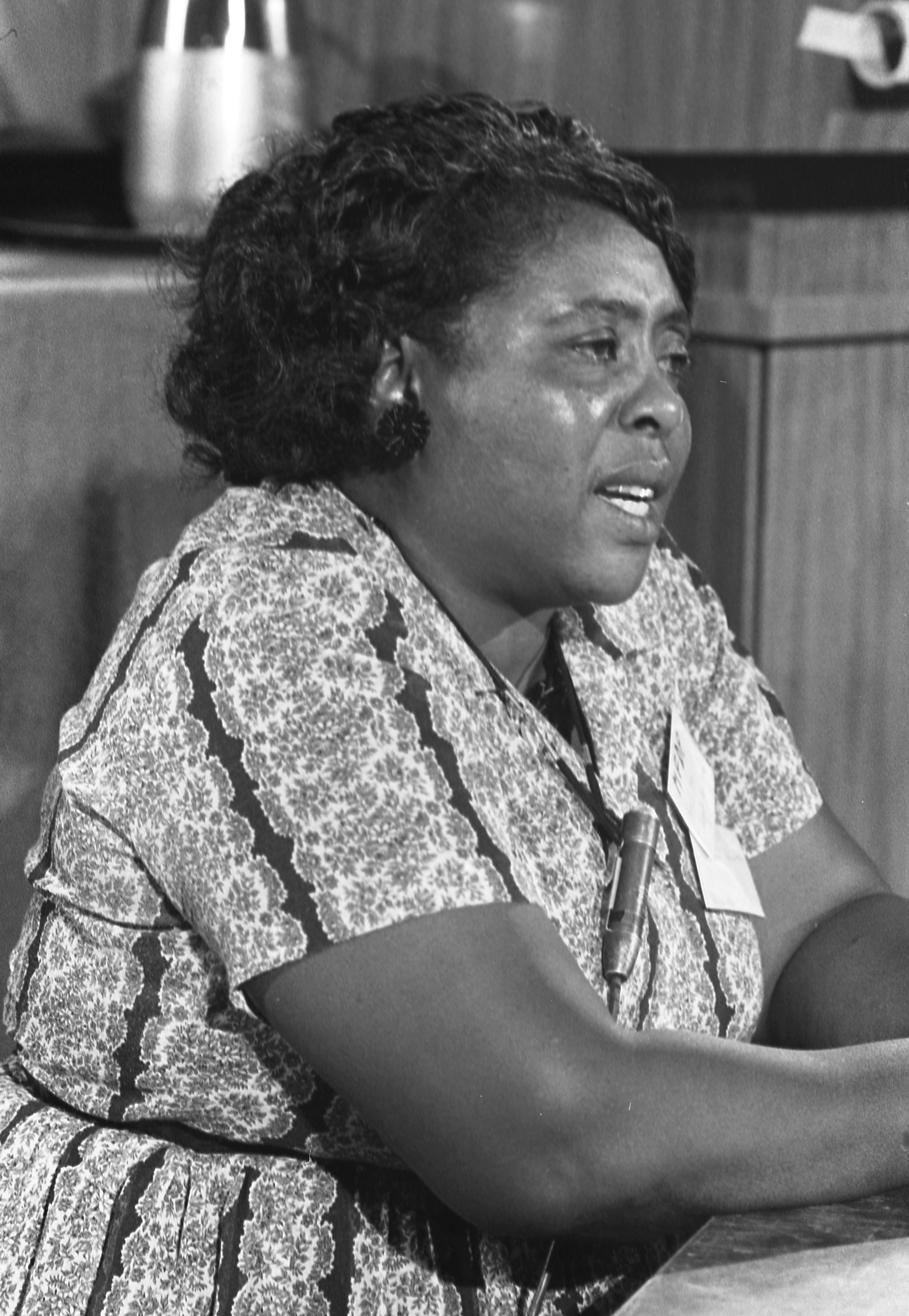Civil rights movement in the United States consisted of organized efforts aimed at overturning laws that discriminated against African Americans. Such laws involved the unequal treatment of African Americans because of their race. The movement began in the 1950’s and continued through the 1960’s.

Two events in 1955 helped spark the civil rights movement. In August, Emmett Till, an African American teenager from Chicago, was beaten and killed while visiting Mississippi. Two white men were charged with the murder, but they were acquitted by an all-white jury. The men later admitted to the crime. In December, Rosa Parks, an African American bus passenger, was arrested for disobeying a Montgomery, Alabama, bus law. The law required Black passengers to give up their seats when white people wished to sit in their seats or in the same row. Many of Montgomery’s African American citizens protested Parks’s arrest by boycotting the city’s bus system—that is, refusing to ride the buses. Their protest lasted over a year. It ended when the city abolished the bus law. The boycott became the first organized mass protest by Black Americans in Southern history. It also focused national attention on its leader, Martin Luther King, Jr., a Montgomery Baptist minister.
In 1957, civil rights leaders, led by King, founded the Southern Christian Leadership Conference (SCLC). The organization promoted equal rights through nonviolent civil protest and community development programs. Other important civil rights groups included the Student Nonviolent Coordinating Committee (SNCC), the Congress of Racial Equality (CORE), and the National Association for the Advancement of Colored People (NAACP). These groups staged such protests as boycotts, marches, and sit-ins. Through the years, the civil rights movement encountered increasingly violent resistance. Angry mobs of whites often jeered or attacked protesters. Law enforcement officials sometimes broke up the protests using clubs, fire hoses, tear gas, and whips. Several civil rights activists were killed.

In 1963, King and other civil rights leaders organized a March on Washington for Jobs and Freedom at the nation’s capital in Washington, D.C. Approximately 250,000 supporters gathered. The high point of the rally was King’s stirring “I Have a Dream” speech. It is considered one of the greatest speeches in history. For many people, it has come to symbolize the civil rights movement.
As a result of the civil rights movement, Congress passed several laws designed to eliminate discrimination based on race. Major laws included the Civil Rights Acts of 1957, 1964, and 1968; and the Voting Rights Act of 1965. The Civil Rights Act of 1968, also known in part as the Fair Housing Act of 1968, prohibited racial discrimination in the sale and rental of most of the housing in the nation.

The 24th Amendment to the Constitution of the United States, adopted in 1964, was another victory for the civil rights movement. The amendment banned poll taxes in federal elections. A poll tax is a tax levied equally on all the citizens of a community. The amount of the tax is the same for a poor person as for a rich one. Laws in several Southern States had required that a citizen pay the poll tax to vote. The states had used this requirement to prevent poor African Americans from voting.
